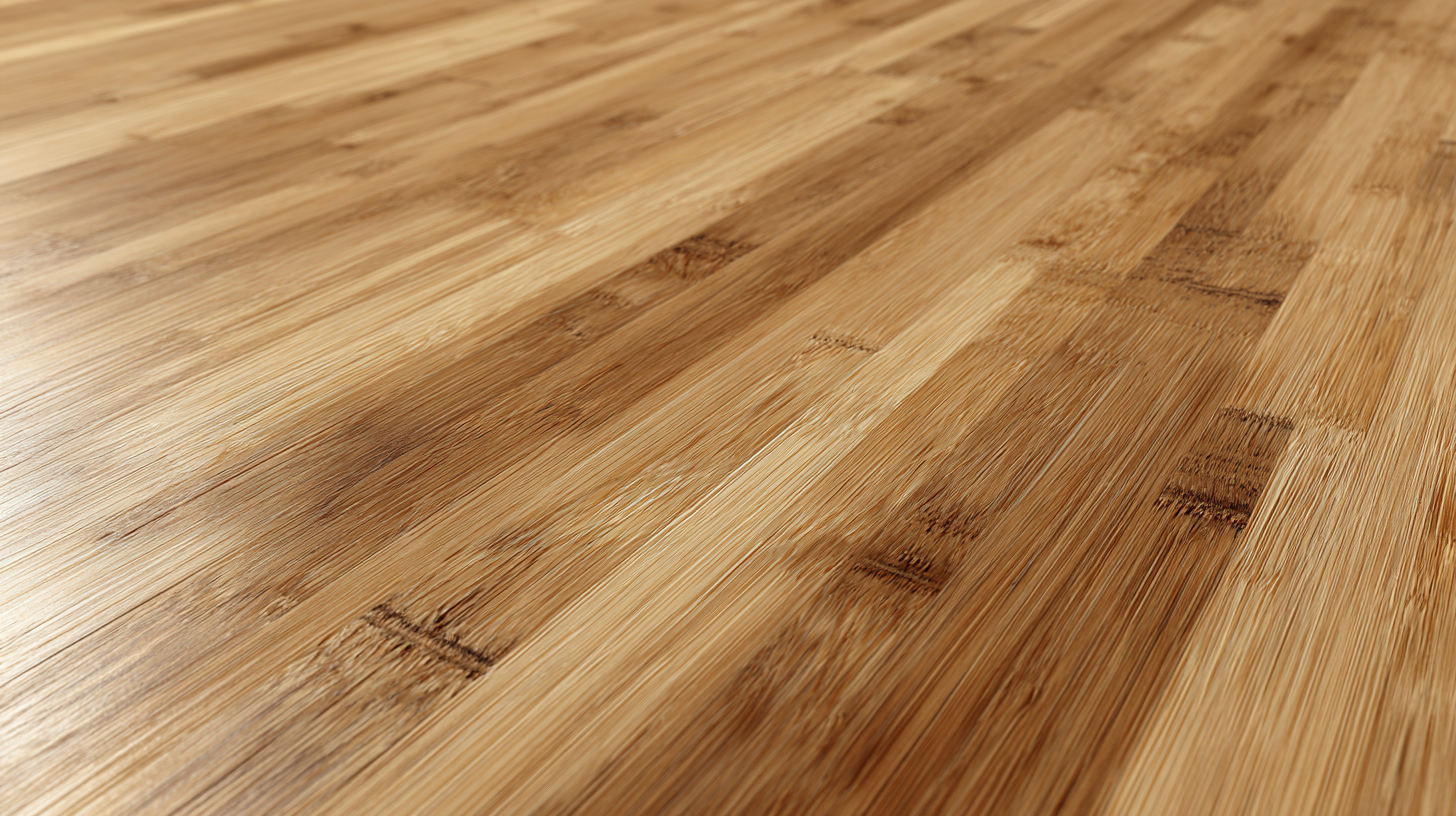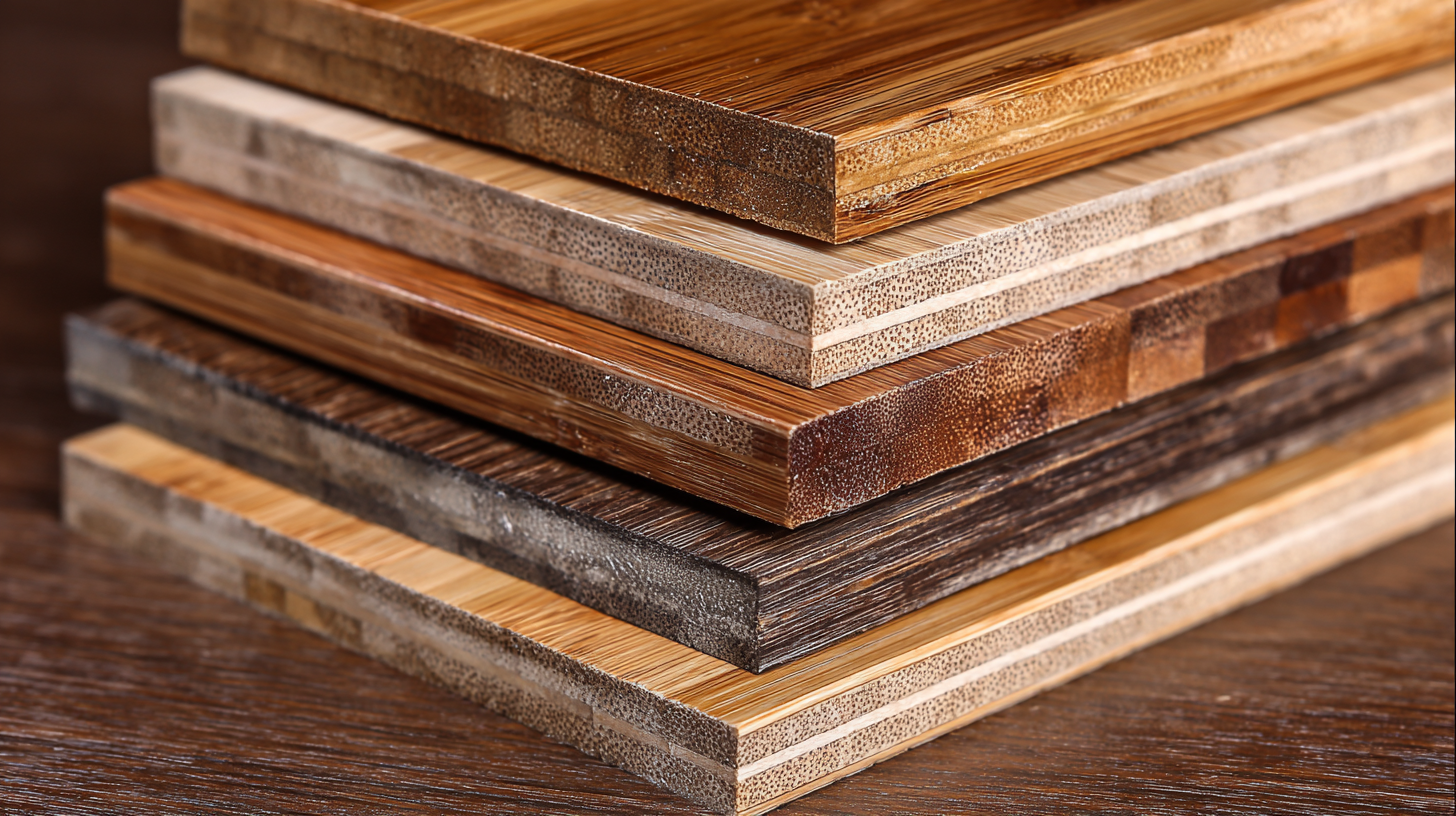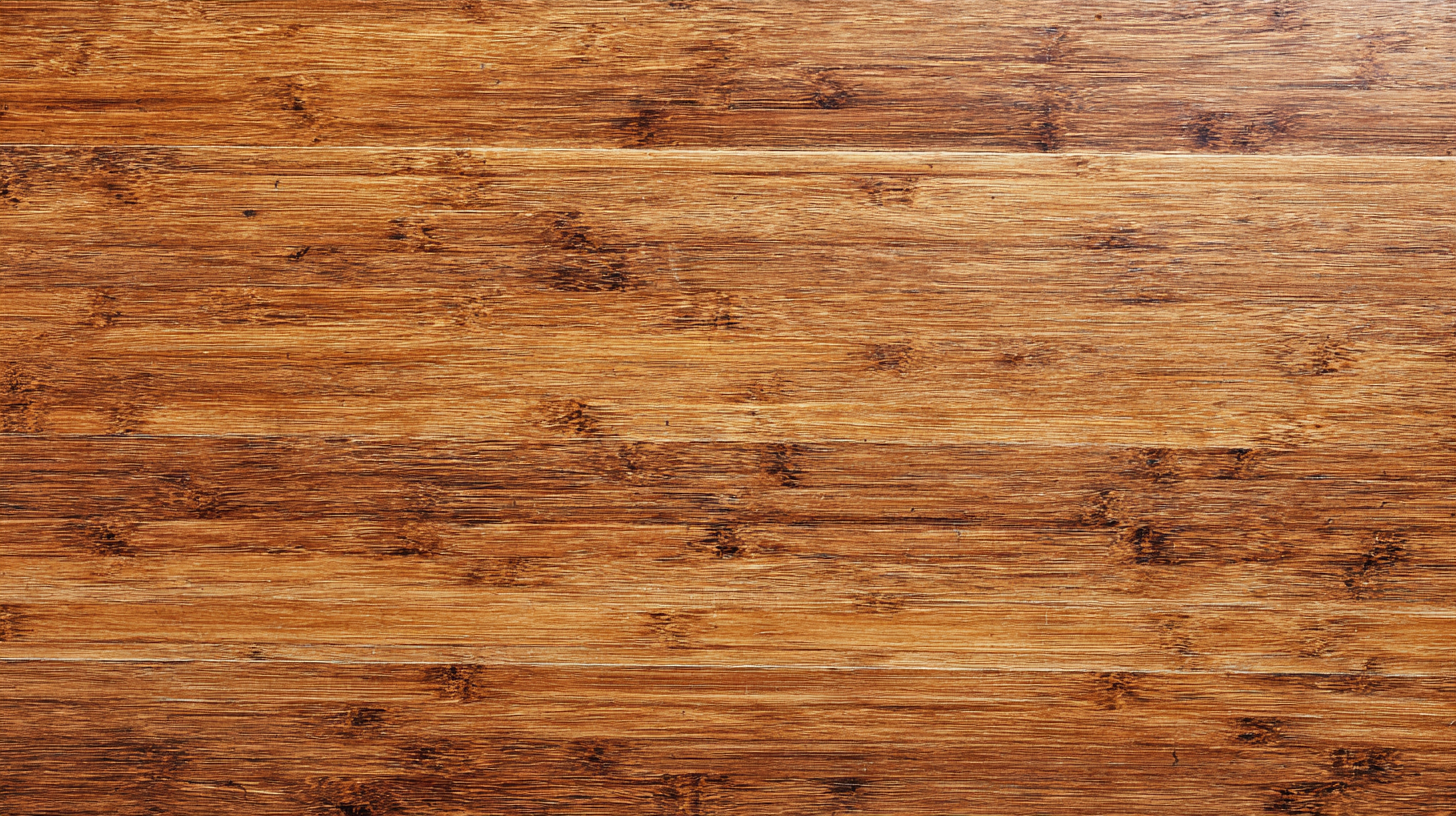Leave Your Message
-
Whatsapp
-
Whatsapp
In recent years, the demand for sustainable and aesthetically pleasing building materials has surged, with Bamboo Plywood Flooring emerging as a frontrunner in this niche market. Crafting a perfect blend of durability, visual appeal, and eco-friendliness, this innovative flooring solution is garnering attention from discerning buyers around the globe. Originating from the finest manufacturing hubs in China, Bamboo Plywood Flooring not only exemplifies superior craftsmanship but also represents a commitment to environmentally responsible practices. As consumers increasingly prioritize sustainability and quality in their purchasing decisions, the global reach of this exceptional product signifies a transformative shift in the flooring industry. Join us as we explore the unique attributes of Bamboo Plywood Flooring and its growing prominence among those who demand the best for their homes and businesses.

The bamboo plywood flooring market has seen remarkable growth in recent years, driven by an increasing demand for sustainable and eco-friendly building materials. As more consumers become environmentally conscious, bamboo has emerged as a preferred alternative due to its fast growth rate and renewability. Projections for 2025 indicate that the market will continue to expand, fueled by innovations in design and manufacturing processes, as well as an enhanced awareness of bamboo's aesthetic and durability benefits.
Market trends highlight a shift towards premium quality bamboo plywood flooring, appealing to discerning buyers who prioritize both style and sustainability. The rise of e-commerce has made these products more accessible to a global audience, allowing customers to explore a wide variety of designs, finishes, and price points from the comfort of their homes. Additionally, the versatility of bamboo flooring—suitable for both residential and commercial use—ensures its growing presence in diverse markets around the world.
This chart illustrates the projected market share of bamboo plywood flooring from 2021 to 2025. The data indicates a significant increase in market adoption, highlighting the growing popularity of sustainable flooring options among discerning buyers.
The landscape of flooring solutions is transforming, particularly with the rise of bamboo plywood. Innovative technologies have emerged that not only enhance the production process but also improve the quality of the final product. Sustainable sourcing and advanced manufacturing techniques are pivotal in creating high-quality bamboo plywood flooring that appeals to discerning buyers globally.
Techniques such as cross-lamination and pressure treatment help to ensure durability while maintaining the natural beauty of bamboo.
Tip: When choosing bamboo plywood flooring, always look for products that are certified by environmental standards. This not only guarantees sustainability but also ensures you are investing in a high-quality product.
Moreover, modern innovations have introduced eco-friendly adhesives and finishes that minimize harmful emissions, aligning the production of bamboo plywood with global sustainability goals. As consumers become more eco-conscious, these advancements resonate well, making bamboo a prime candidate for environmentally friendly interior design.
The fusion of technology and nature showcases a commitment to quality and sustainability that is undeniable.
Tip: Consider the maintenance requirements of your bamboo flooring. Regular cleaning and the occasional re-sealing can extend its life and keep its luster intact, ensuring that your investment remains visually appealing for years to come.
As consumer preferences lean increasingly towards sustainable flooring solutions, the flooring industry is undergoing a significant transformation. Eco-friendly materials not only offer aesthetic appeal but also promote environmental responsibility. The demand for bamboo plywood flooring, in particular, is on the rise due to its sustainability and durability, making it a favorite among discerning buyers.
To enhance your flooring choices, consider these tips: First, always check for certifications that indicate sustainable sourcing and production practices. Look for products that are made from recycled materials or responsibly harvested woods, as these contribute to a lower carbon footprint. Second, think about the long-term benefits of investing in quality flooring that stands the test of time, reducing the need for frequent replacements and further minimizing waste.
Furthermore, keeping an eye on evolving trends in the flooring market can provide insight into emerging eco-friendly options. With the flooring industry adapting to the changing landscape, innovations in sustainable materials are continuously surfacing. Embrace this green revolution by integrating these solutions into your home or business, ensuring that your space reflects both style and a commitment to sustainability.
The bamboo plywood flooring market is poised for significant growth, with projections indicating a compound annual growth rate (CAGR) of approximately 8% leading up to 2025. The increasing demand for sustainable building materials, driven by eco-conscious consumers and stringent environmental regulations, positions bamboo plywood as a preferred choice among discerning buyers globally. This shift towards sustainable alternatives is reflected in a market analysis by Research and Markets, which estimates that the market size will reach $1.5 billion by 2025, reflecting a robust demand across various regions.

Regionally, Asia-Pacific holds a substantial share of the bamboo plywood flooring market, primarily due to the abundant availability of bamboo resources and growing construction activities. According to a report by Grand View Research, countries like China and India are not only significant manufacturers but also emerging markets for bamboo flooring applications in residential and commercial sectors. The trend towards green building practices, alongside innovations in bamboo processing technologies, promises to enhance the appeal of bamboo plywood flooring, tapping into the evolving preferences of architects and interior designers who prioritize sustainability without compromising on aesthetic appeal.
The bamboo flooring industry is poised for significant growth and transformation by 2025, driven by increasing consumer preferences for sustainable and eco-friendly building materials. According to a recent industry report, the global bamboo flooring market is projected to expand at a compound annual growth rate (CAGR) of 18.7% from 2020 to 2025, reaching an estimated value of $3.69 billion by the end of this period. This surge can be attributed to the rising awareness of environmental issues and the growing popularity of bamboo as a renewable resource.
However, the sector also faces notable challenges that could impact its growth trajectory. Supply chain disruptions, primarily due to climate change and overharvesting concerns, have been highlighted as critical issues that manufacturers must address. Furthermore, the competition from traditional hardwood flooring options remains fierce, given the ingrained consumer loyalty towards established products. Companies looking to leverage the opportunities presented by the bamboo market need to innovate in production techniques, ensuring product quality and durability while emphasizing sustainability practices to appeal to discerning buyers globally. As the bamboo industry navigates these challenges, it holds the potential to redefine flooring standards, making it a compelling choice for environmentally conscious consumers.

